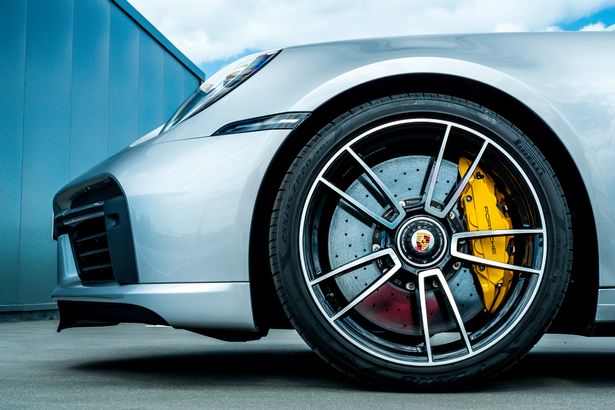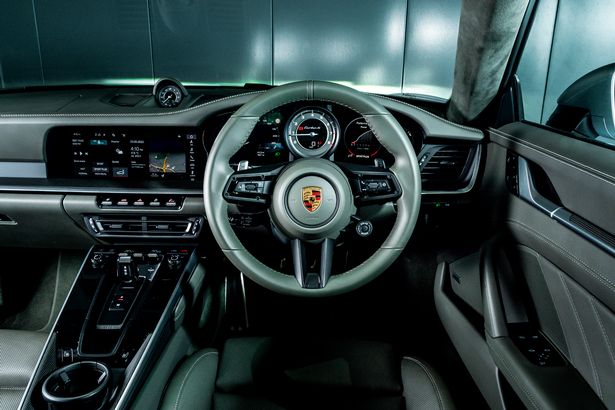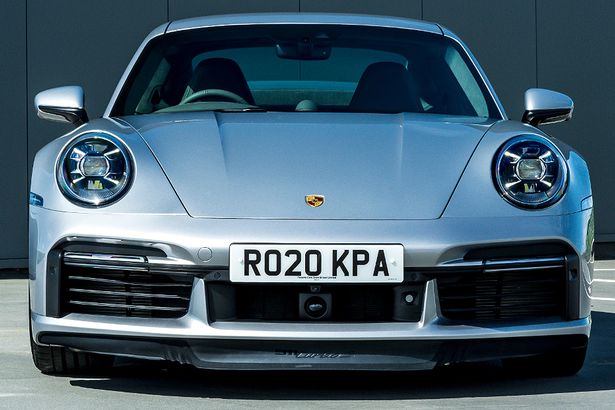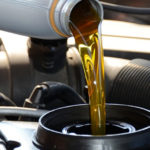Porsche’s latest heavy artillery weapon has a 3.8-liter flat-six twin-turbo engine that produces 642bhp that drives to all four wheels via a new 8-speed PDK semi-automatic gearbox to a top speed of 205mph.
It’ll do 0-62mph in 2.7sec and 0-125mph in 8.9sec.
Apart from the original 3.0-liter 911, Turbo launched in 1975, and the 3.3-liter version that followed it, I drove every generation of the ‘Turbo’ when new – including a 964 3.6 Turbo.
It was fitted with the rare X88 power kit which boosted the horsepower to 385.

Doesn’t sound much now, but don’t be fooled – that 964 3.6 was the last of the rear-wheel-drive 911 Turbos and the last time they used a big, single turbocharger.
None of those numbers were of much relevance as I intended to drive the Turbo S over some lovely roads in Berkshire with a max speed limit of 60mph.
Like many of us, the 911 has grown wider with age. And none more so than this Turbo S version which has a track 45mm wider than the standard 911 at the front, and 20mm wider at the back. Wide is bad, skinny great as you have more road to play with. It’s that obvious.
With the new Turbo S, Porsche should supply the business card of a hotshot defense lawyer.

Because of this car looks fast on paper, it’s even more outrageous in the metal. Acceleration is ballistic as soon as you’ve hit the throttle.
Thankfully, the brakes are carbon-ceramic, gripped at the front by 10-piston calipers.
Slip the optional Porsche Active Suspension Management (PASM) into Sport Plus mode and several things happen: your back starts hurting unless on a really smooth road and the rear wing pops up while the curb-biffing front spoiler retracts itself.
There are several modes including Eco that activate the irritating start/stop system if under 10mph.
Being easy to drive fast, it’s good to know grip is astonishing. Active rear-wheel steering makes it turn into corners with amazing accuracy.
Our test car, which costs 203.000 USD, has the optional sports exhaust, but the sound is disappointing compared to the naturally-aspirated GT3 and GT3 RS models that are the hardcore choice for 911 purists. For me, too.

Its performance puts it on a par with Ferrari’s F8 and McLaren’s amazing 720S – both of which cost north of 260.500 USD.
The Porsche isn’t bad value. But the firm makes a car that’s almost a third of the cost of the Turbo S that I’d much rather own or drive.
It’s the Cayman GTS – naturally-aspirated 4.0-liter engine, 400bhp, and a top speed of 182mph and 0-62mph in 4.5sec. It’s a smaller car, also available with a manual gearbox, that is fantastic on the road.
The only drawback is the Cayman only has two seats. But people who buy cars like these rarely own just one car.



